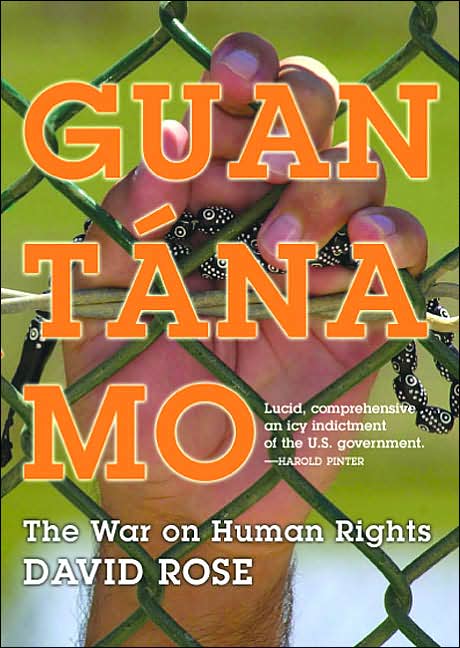The similarity of interrogation “methods” in Iraq and Cuba is not an accident, as David Rose reminds readers in his essential new book Guantánamo. After all, they were the brainchild of the same man: Gen. Geoffrey Miller, who arrived in Iraq in August 2003 to show American forces how to extract intelligence from prisoners. President Bush and Donald Rumsfeld lobbied for fewer restrictions on interrogation, and they got them, Rose points out, but still haven't ended up with good intelligence. The reason? So much of the information they get is a result of coercion. “It is incredible what people say under the compulsion of torture,” wrote Jesuit academic Friedrich Spee von Langenfeld. As Rose relates: “[Miller] had met an inquisitor who boasted that he could wring a confession to devil-worship out of the pope himself.”
Drawing on dozens of interviews with guards, prisoners and highly placed intelligence officials at Guantánamo—which, incidentally, was built by the construction arm of Dick Cheney's former company, Halliburton—Rose argues that the legal black hole into which America brought enemy combatants has actually increased the likelihood of terrorism. Why? Because the spectacle of Americans trampling on the rights of humiliated Arabs has given al Qaeda yet another powerful recruiting tool. In fact, it's so potent a symbol that many of the hostages decapitated on video in Iraq are made to wear orange jumpsuits—just like the prisoners at Guantánamo.









